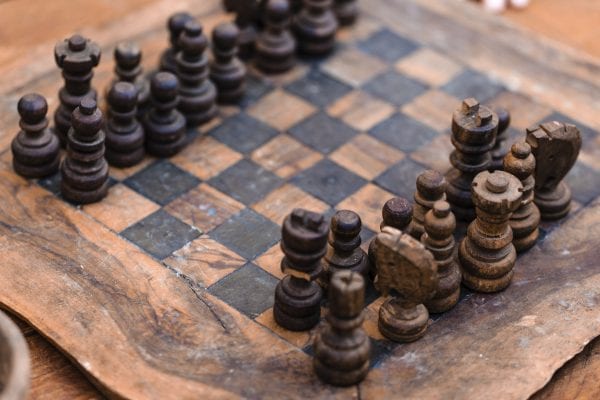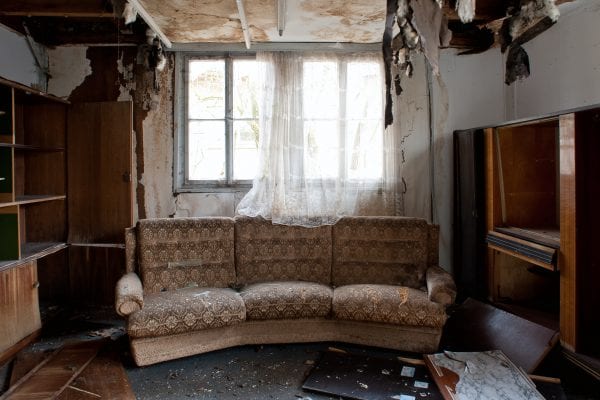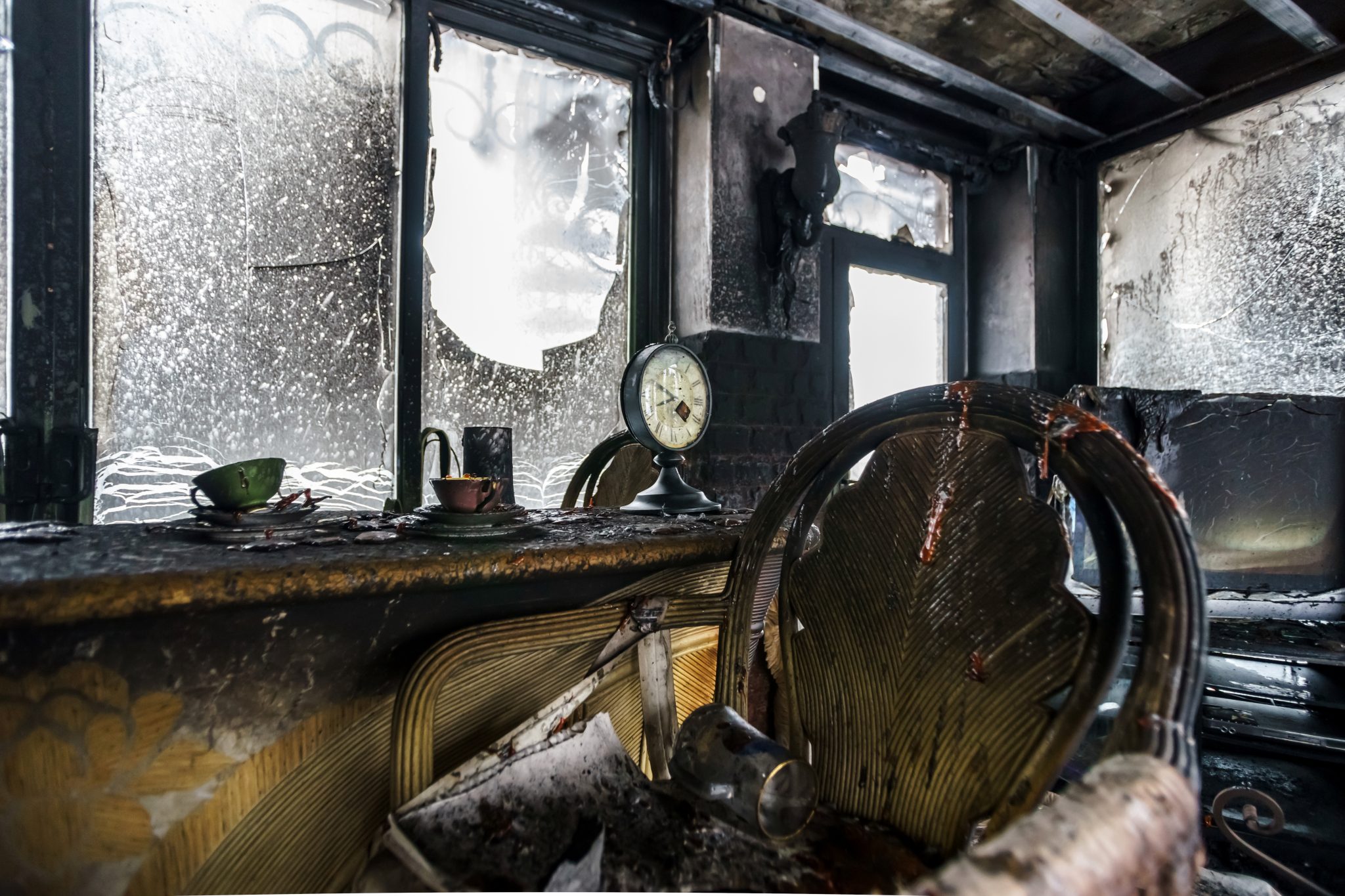Emergency Handbook

Many items that have been in a fire may be salvaged. Your first thought may be to rinse items. Don’t do it. Water and other cleaning solutions will drive soot and ash further into the surface of your items. They will become impossible to remove.

Follow these steps instead:
- Vacuum the soot and ash off your items. If possible, use a HEPA filter in the vacuum.
- Wait until wet or damp items are dry before vacuuming.
- Reduce the suction on your vacuum by using the lowest setting or have smaller plastic tubes inserted into the main tube to reduce suction.
- Do not use a brush or allow the nozzle to touch the surface.
- Vacuum all exposed surfaces before opening folded items such as textiles or books. Shelved books may be charred on the outside but intact inside.
- Carefully handle glass, ceramic, and metal items. Heat can make them brittle.
- Use supports to safely carry your more fragile items.
- Carefully handle fabric items. They may look intact but fall apart when moved.
- Do not try to force open photograph albums. Take them to a conservator for advice.

Dry-cleaning soot sponges can be carefully used if the item is sturdy enough for the additional handling. The dirty surface of the sponge can be cut off to expose a new cleaning surface. Dry-cleaning soot sponges are available in major hardware stores and specialty suppliers.
Used by permission of eXtension.org.
Use pesticides only according to the directions on the label. Follow all directions, precautions, and restrictions that are listed. Do not use pesticides on plants that are not listed on the label. Trade and brand names used are given for information purposes only. No guarantee, endorsement, or discrimination among comparable products is intended or implied by the Alabama Cooperative Extension System. This publication is for information purposes only and should not be a substitute for recommendations or treatment by a health care provider.

